incl. VAT plus shipping costs
Immediate delivery, express possible ![]()
More than 20 Articles in stock
Delivery only innh. Germany and Austria possible.
Switch to the German store
- Item no: 7167
Fast delivery times
All products are in stock with us!14 years of breeding experience
Let our team of experts advise you!High customer satisfaction
from over 3,000 reviews "| Water values: | soft to medium hard |
| Origin: | Asia |
| Pelvic region: | Center |
| with shrimps?: | Socialization not possible |
| with dwarf crabs?: | No |
| Difficulty: | 1 - Simple |
| with snails/shells?: | Yes |
| Planting possible?: | Yes |
| Diet: | omnivorous - omnivorous |
| Final size: | 1-4 cm |
| Breeding: | medium |
| Aquarium size: | 54 l (approx. 60cm) |
| Visual effect: | Forms territories (when spawning) |
| Fish group: | Labyrinth fish |
| Temperature: | 25-30 °C |
Like its buddies, the fighting fish and the blue macropod , the snarling dwarf gourami, Trichopsis pumilus, also belongs to the labyrinth fish. It originates from small warm and heavily weedy pools and ditches in Southeast Asia from Thailand to Laos and Vietnam. Even if it resembles Betta splendens optically, it only belongs to the same suborder and also does not show typical veil fins.
In the basic color the 3-4 cm long growing snarling dwarf gourami is olive-gray to brown and shows a mahogany-colored longitudinal band with bright light blue spots. The dorsal fin is set far back, and the anal fin fringe is continuous to the rounded caudal fin. These three fins are iridescent yellow-greenish, occasionally blue, and have small black spots, in addition to being fringed with red. Ventral and pectoral fins are otherwise transparent. The iris shines light blue and is red-brown edged.
Growling Dwarf Guramis are group fish that should be kept with a minimum of 6 animals. Even if these animals are often offered for small nano aquariums, they need at least an aquarium with 54 liters and should also not be kept with too small by-fish or young livebearers, as they are excellent hunters and take virtually everything into their mouths that appears to be eatable and alive. Even adult dwarf shrimp can be seriously injured and die.
Males and females are separated by their different fins. The fins of the male run to a point, while those of the female are more rounded. Also, females exhibit what is known as the spawning spot, a black spot below the belly behind the stomach.
Like other labyrinth fish, growling dwarf gouramis build foam nests into which the spawn is deposited. However, these are not only built exclusively on the water surface, but also in caves or on water plants by the male. During courtship, but also under stress, growling dwarf gouramis make growling sounds, which therefore gave them the appropriate German epithet. The growling dwarf gourami can become very territorial and claim a territory of 25 cm, which is actively defended. Especially in the courtship and during the intensive brood care the little fish mutates to a Rambo and distributes even against twice and three times as large by-fish violent head butts, in which it pushes them violently into the flanks.
For breeding preparation the water values should be acidified to a pH between 5.5-6.5 and a very low conductivity up to a maximum of 120 microSiemens, as well as a temperature of 28-29 °C. Ideally a breeding tank should be used. Ideally, a rearing tank is set up for this purpose, into which the breeding pair is transferred. The hatched young are extremely tiny and resemble swimming commas, which are fed with infusoria. Once they reach a certain size, the diet is changed to live nauplii. It is especially important that the baby tank is heavily weeded, with only a coarse aquarium gravel and a control heater. The young animals are very sensitive - the rearing aquarium should not be cleaned during growth.
Usually growling dwarf gouramis do not require any special aquarium equipment, apart from a heater. They regularly seek the water surface for breathing. Their aquarium can be maintained on a windowsill and should be densely weedy, similar to their habitat, sometimes with shade corners deliberately created by floating aquatic plants to provide retreats. Coarse aquarium gravel is suitable as substrate. An underwater landscape of stones and roots provides hiding and breeding places.
Even if the growling dwarf gourami appears shy and fragile at first glance, it has a lot of power behind its gills! As already mentioned, it should not be socialized with adolescent juveniles and invertebrates. Recommended would be a shoal of Dwarf Grassboras or Neon Tetras, which have more or less the same keeping parameters. The dwarf gourami develops an interesting social behavior, which is why group keeping is enormously important. Intra-species aggressions are fought out among each other. Restrained and shy by-fish are very quickly pushed into the corner by it, which thereupon take care.
The menu of the growling dwarf gourami should generally be varied. Since it is a good hunter and does not stop at its accompanying fauna, a live feeding with Artemia nauplii becomes a real experience for the keeper. In and of itself the dwarf gourami finds all wriggling and moving small creatures to be eatable and will probably test them for taste and eat them up, but should they not fit into the mouth, they will at least be pursued and bitten to death. Apart from live food and frozen food such as daphnia, cyclops, mosquito larvae, artemia and nauplii, however, the omnivore can also be accustomed to commercially available granulated food, flake food and other dry food.
Our food recommendation: With the NatureHolic BettaFeed a special food for fighting fish has been tailor-made. The soft granules are reminiscent of the consistency of insect larvae in nature. The soft beads protect the sensitive fish mouth from micro-cracks caused by too hard food granules. The specially developed NH Immune+ complex and the NH Color+ high-performance additive support the immune system and the magnificent color development of the fish.
Our plant recommendation: Use for the planting NatureHolic InVitros. These are free from snails, planaria and other unwanted co-inhabitants. Also free of algae spores, bacteria and fungi.
Expert Tip: We recommend for fish keeping the NatureHolic 3 Phase Liquid. The care set offers the best all-round protection for your animals. It ensures optimal conditions for successful breeding and keeping.
| Scientific name: | Trichopsis pumilus |
| German Name: | Growling Dwarf Gurami |
| Difficulty level: | advanced |
| Origin/Distribution: | Indonesia, Thailand, Laos, Vietnam |
| Coloration: | olive brown base coloration with mahogany longitudinal band, greenish yellow fins with spots and red fin fringe, light blue iris |
| Age expectancy | 4-6 years |
| Water parameters: | GH 6-18, KH 0-10, pH 5.5-6.5, temperature 25-29 °C |
| Tank size: | from 54 l |
| Food | Omnivorous, live and frozen food, granualt, dry food |
| Breeding | medium |
| Behavior | territorial and aggressive towards conspecifics and by-fish |
| Group size | at least 6 animals |
| Further information | Ten typical aquarium fish for beginners and alternatives to them, Tips for acclimating fish to the aquarium, Feeding aquarium fish properly - cheap food and what it can do |
- Item no: 7167
- EAN No.: 7427061496918
Entdecke die Garnelio Welt!
Garnelio gehört zu den größten Onlineshops für wirbellose Aquarientiere weltweit.
Viele Artikel gibt es exklusiv nur bei uns im Shop.

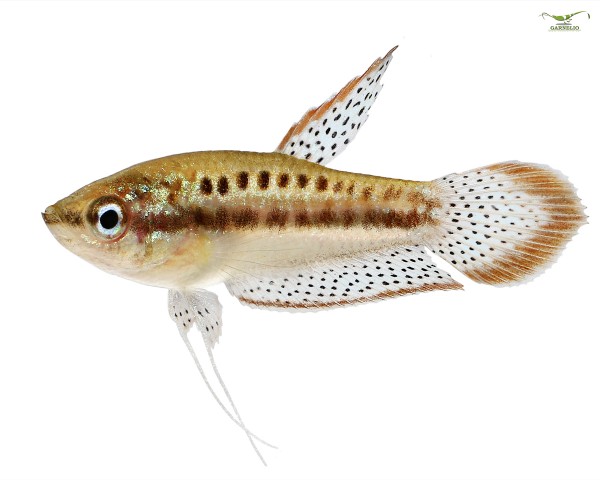
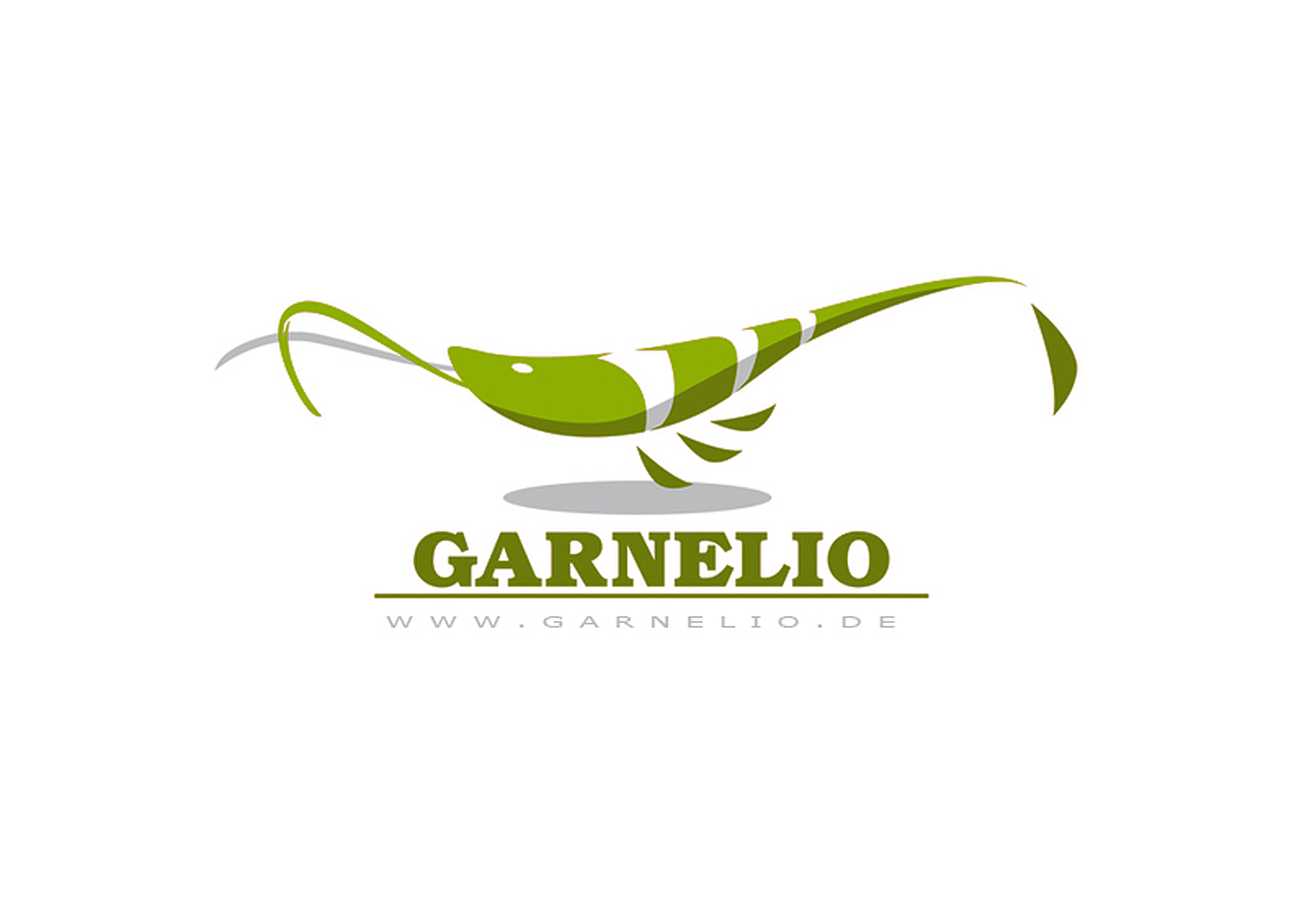
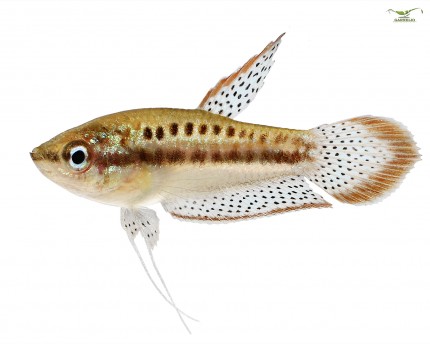
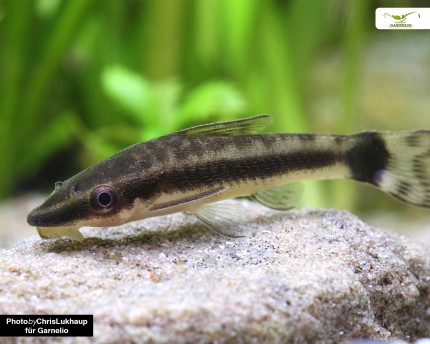
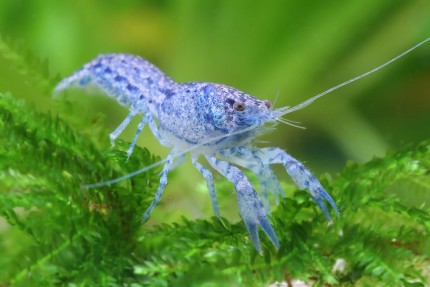

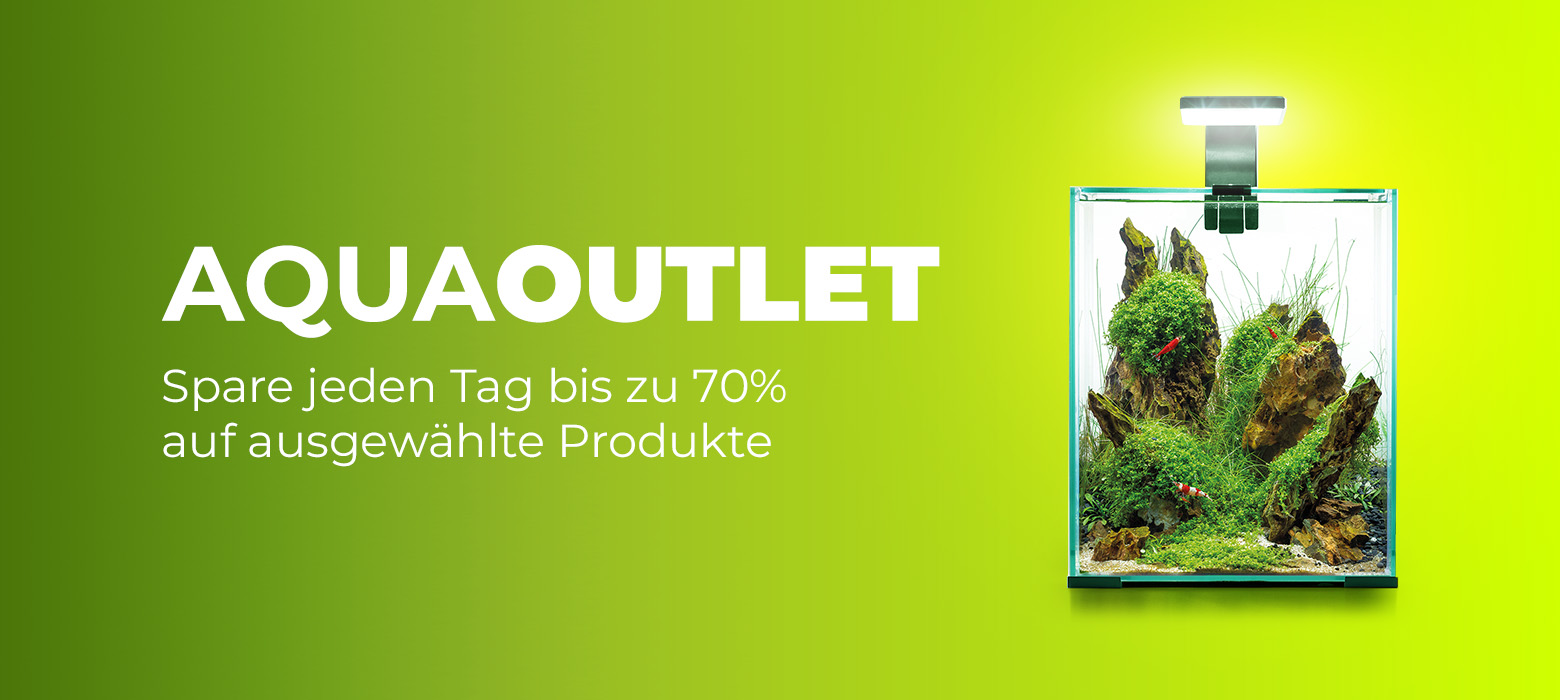
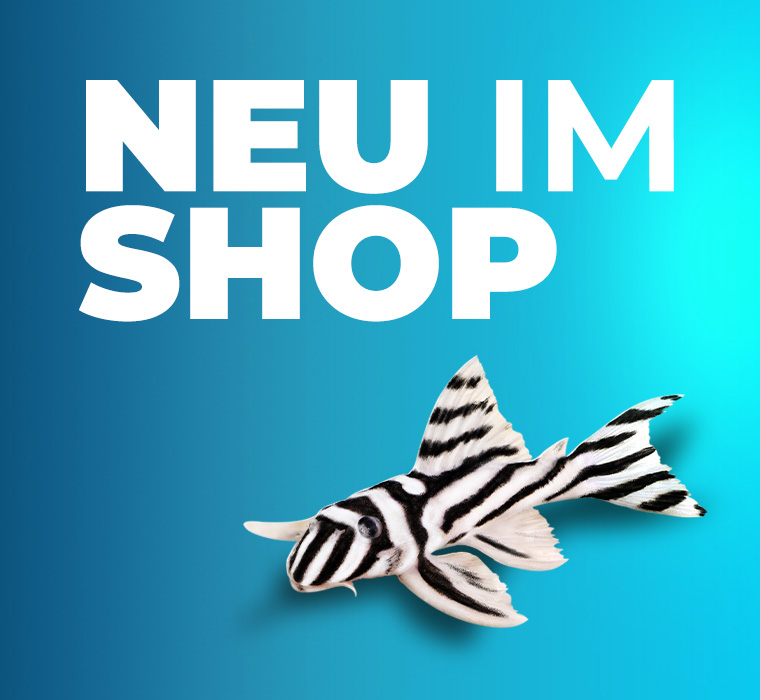
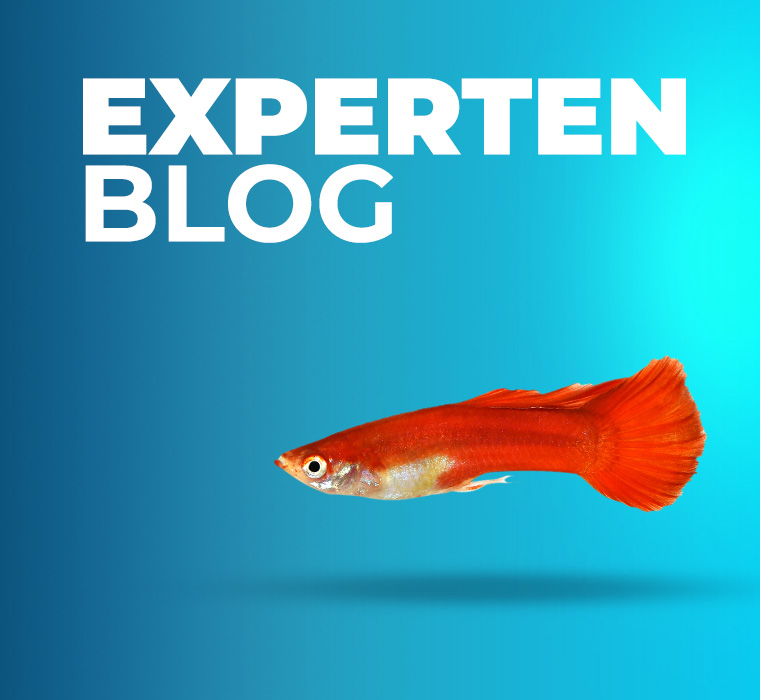

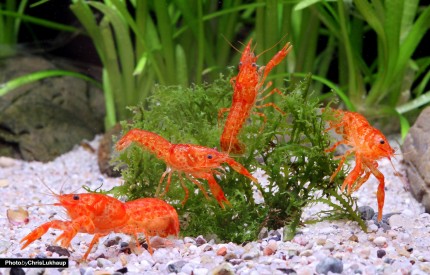
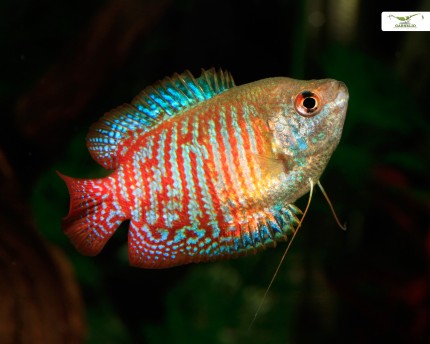
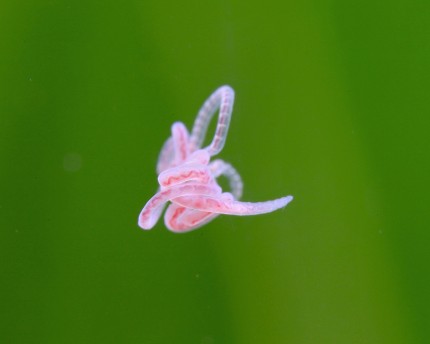
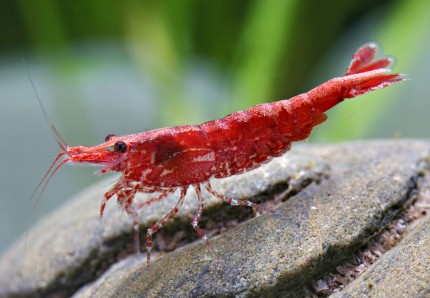
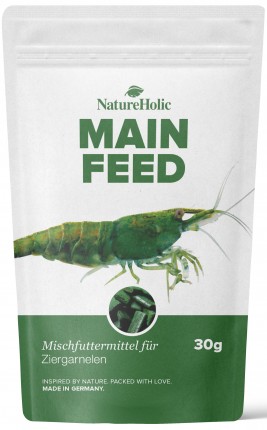

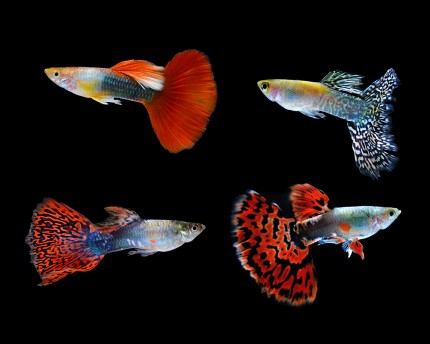
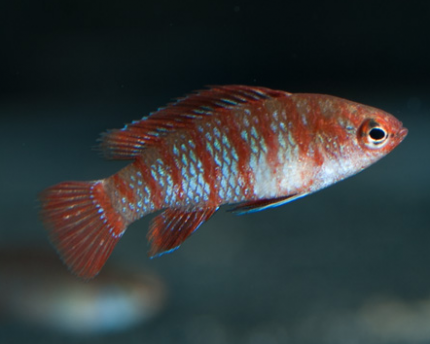
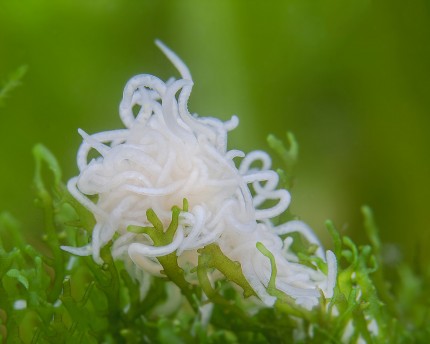
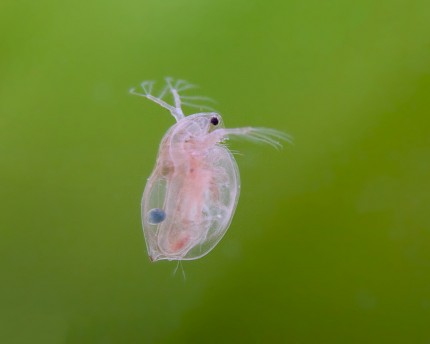
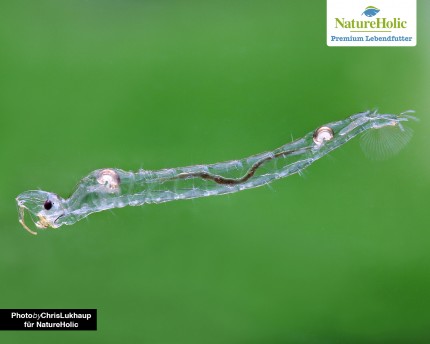
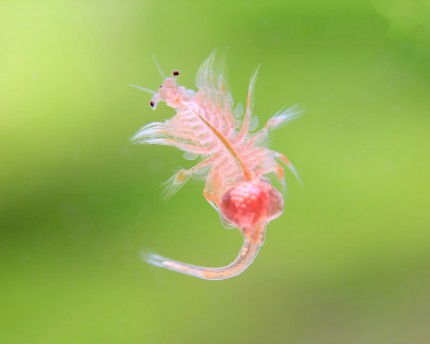
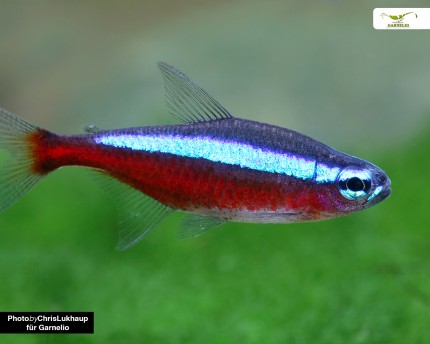
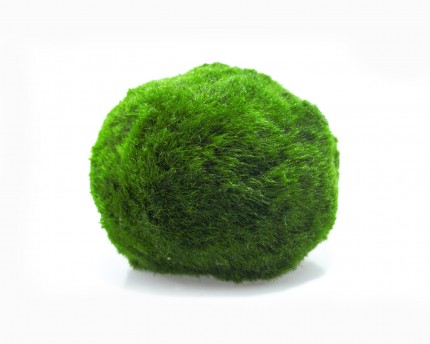
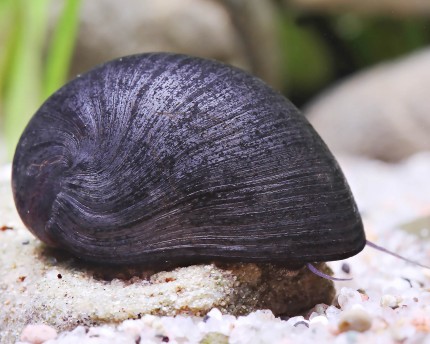
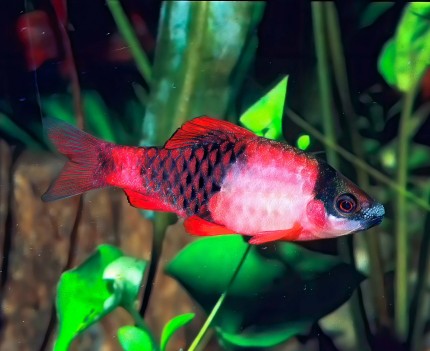
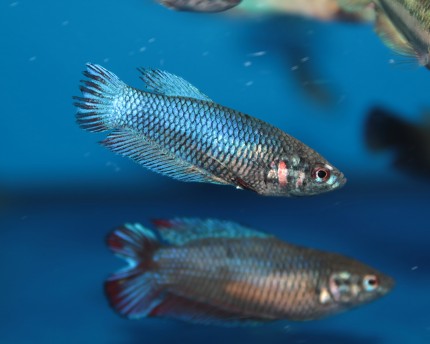
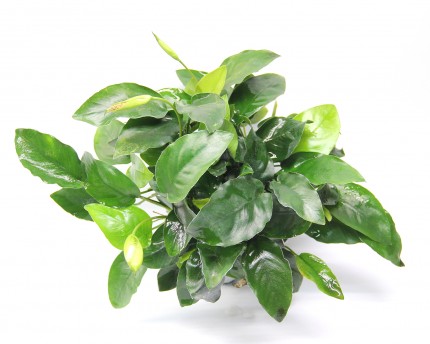
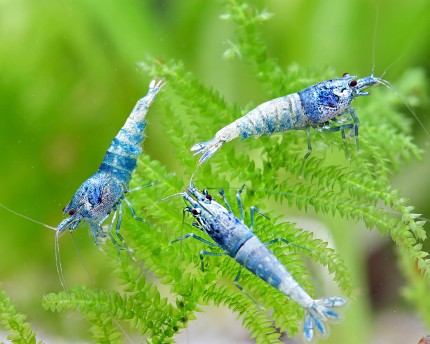
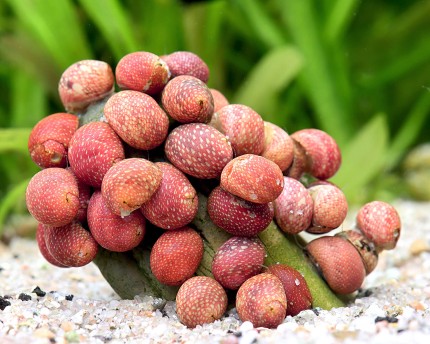
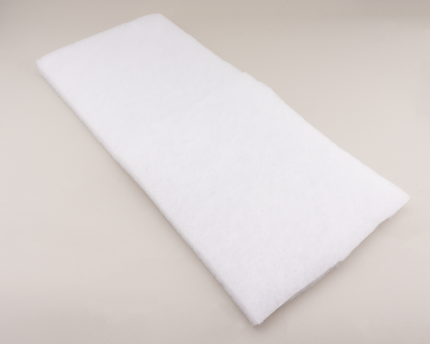
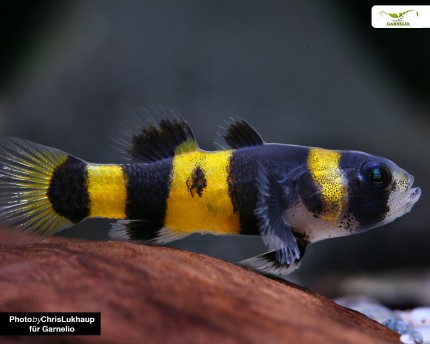
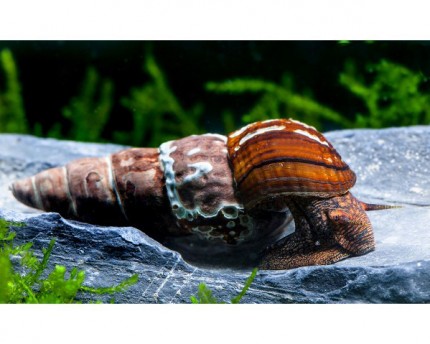
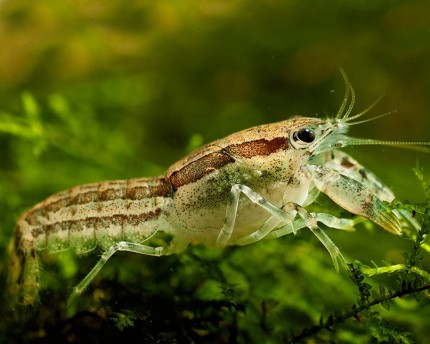
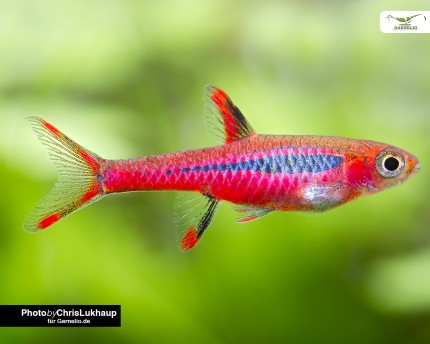
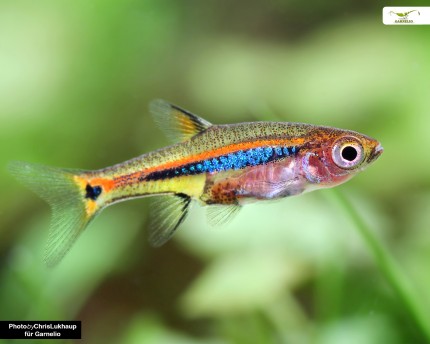
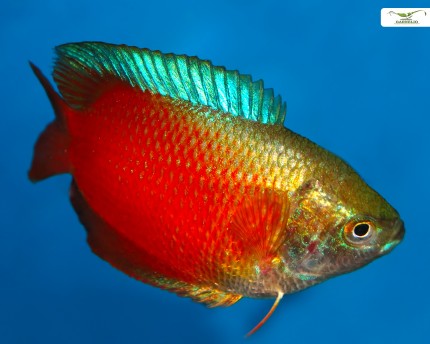
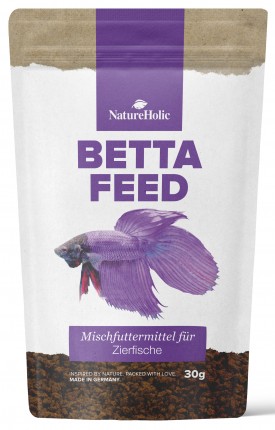
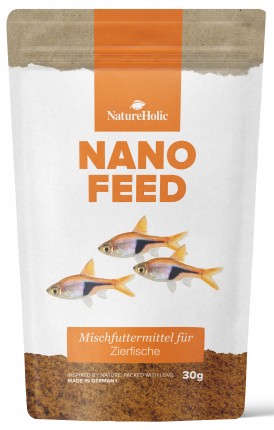
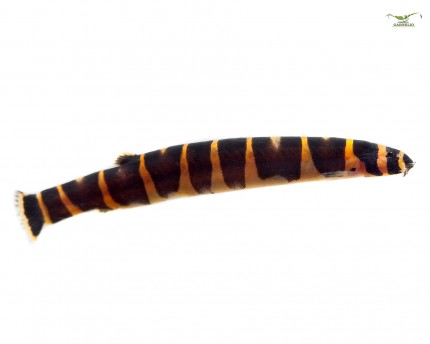
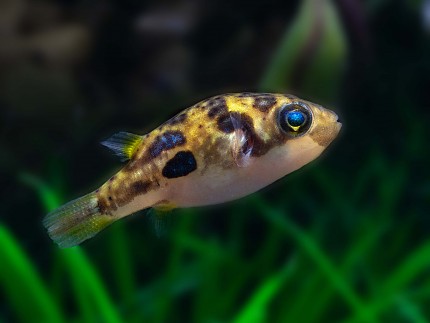
The fields marked with * are required.
I have taken note of the privacy policy.